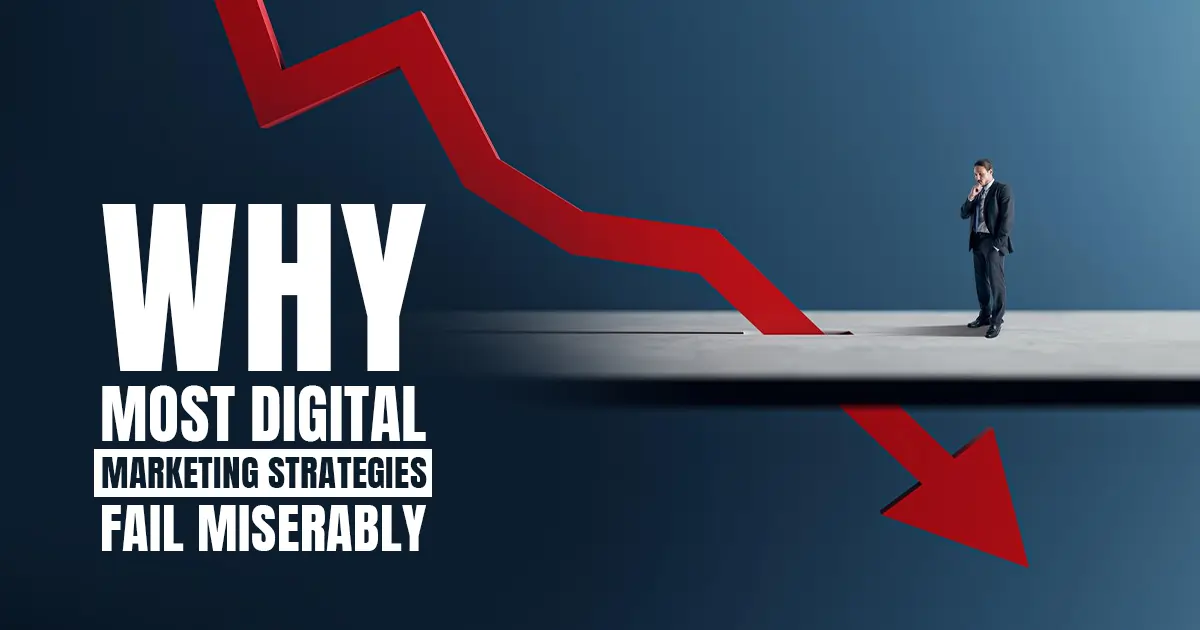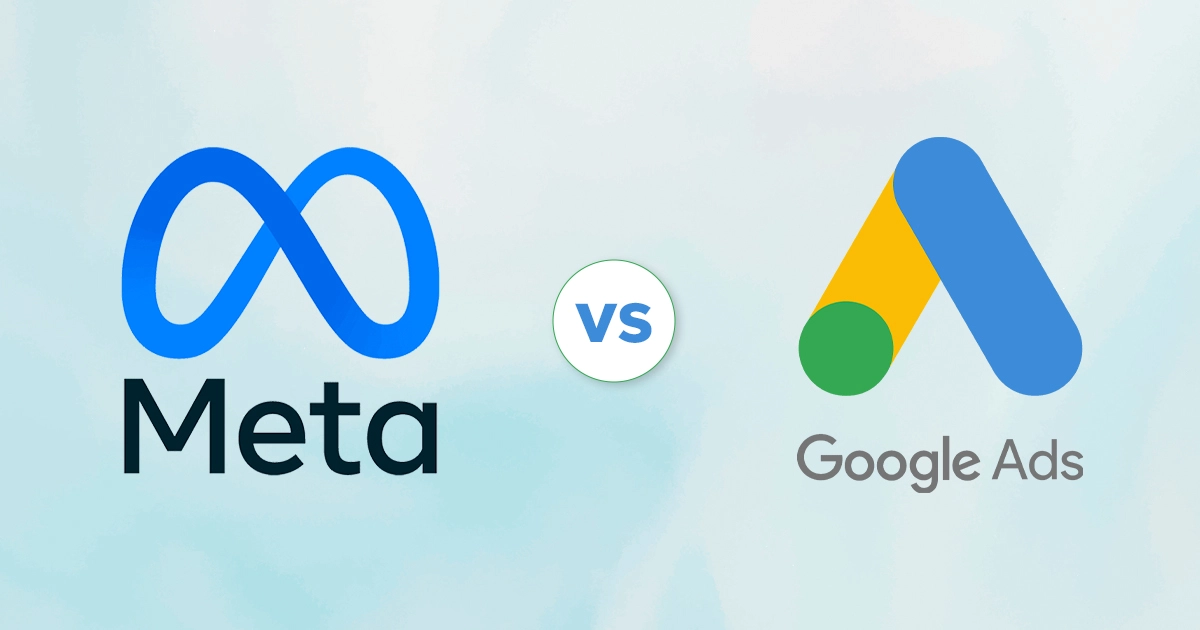Did you know that 70% of digital marketing campaigns fail to meet their goals? The culprit? Strategies are built on assumptions. We’ve identified the exact reasons campaigns fail and, more importantly, how to fix them.
Scroll a bit to find the detailed issues and the solution.
Check out: Social Media Marketing Strategies
1. Strategy Without Clarity
There are times you come across, “Why does my campaign not work?” “Why does it feel like shooting in the dark?”
That’s because you start off with a vague intention.
Yes. You won’t believe it, but many brands have done the same. They jump into campaigns without knowing what success actually looks like. They post content, run ads, and hope something sticks. But hope isn’t a strategy.
Without clear success metrics, you’re basically guessing. You can’t tell:
- Which campaigns actually work
- Where to spend your budget
- What your audience really wants
How to fix it? Define SMART goals before you start. Something like this:
- Specific: “Get 500 new email subscribers”
- Measurable: Track with real numbers
- Achievable: Set realistic targets
- Relevant: Align with business growth
- Time-bound: “Within 3 months”
2. Targeting Everyone = Reaching No One
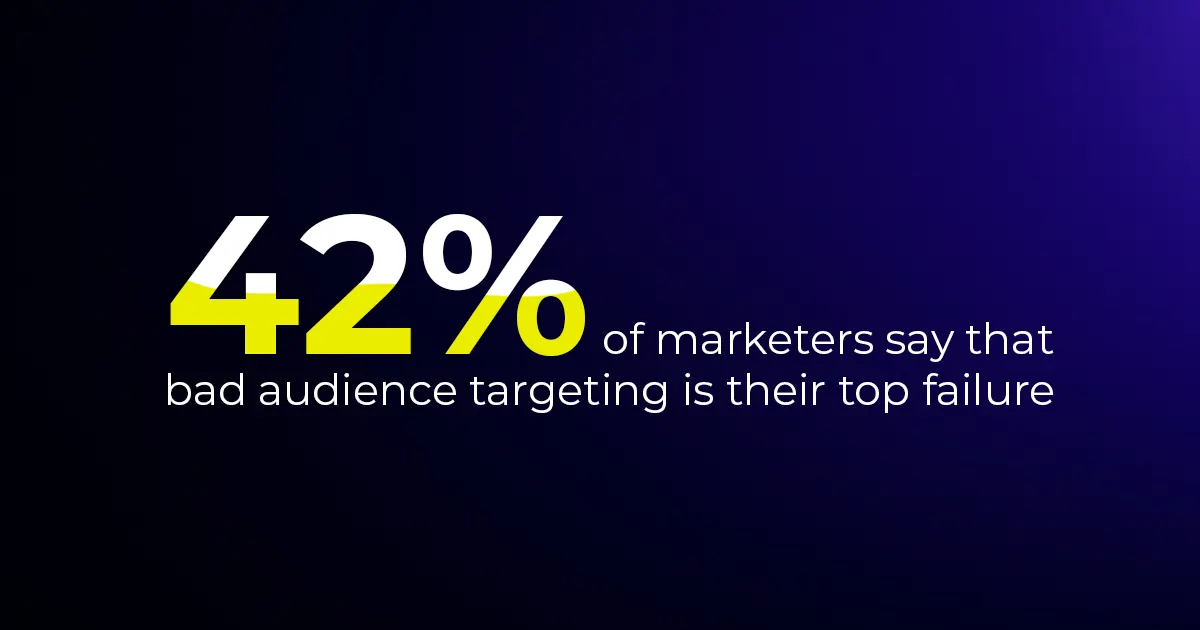
Image Caption: 42% of marketers say that bad audience targeting is their top failure.
Let me ask you, “Who is your actual customer?”
What? “Everyone?” Buddy, you’ve got a problem. Trying to speak to everyone means your message connects with no one. It’s like shouting in a crowded mall. Lots of noise, zero impact.
See, targeting a broad audience wastes so much of your budget. And most of these people will never buy. Rather, you will end up with:
- Low engagement rates
- Wasted ad spend
- Generic messaging that feels boring
How do you fix it?
- Build a customer persona using real data
- Check your analytics for actual customer behavior
- Find patterns in age, interests, and buying habits
- Create 2-3 specific customer profiles
- Write messages that speak directly to each group
3. Poor Creative Direction and Brand Messaging
You made this beautiful ad. Sunning visuals, perfect colors, professional design. But nobody’s buying. What went wrong? Why do your audience scroll past?
Well, what is missing is:
- The message doesn’t speak to their problems
- Visuals look nice, but feel empty
- There’s no emotional hook to stop them
So, how do you create campaigns that actually connect? Keep everything aligned with your buyer psychology.
- Visuals: Use images that trigger emotions (joy, relief, excitement)
- Tone: Match how your audience actually talks
- Message: Focus on their pain points and dreams, not just features
4. Ignoring the Power of Data

Image Caption: Only 22% of businesses accurately track the return on investment (ROI) for their campaigns
Have you ever thought that your “successful” campaign is actually losing money? No, right? That’s because those 10K likes look impressive. However, likes don’t pay your bills. They don’t show what really matters. Which are:
- Likes don’t equal sales
- Impressions don’t mean revenue
- Followers aren’t automatically customers
What you should really track is the KPIs that connect with money. Such as:
- CPL (Cost Per Lead): How much you spend to get one potential customer
- ROAS (Return on Ad Spend): How much revenue each ad dollar brings back
- CAC (Customer Acquisition Cost): Total cost to gain one paying customer
5. Inconsistent Brand Experience Across Platforms
Your Instagram is fun and colorful. Your website is serious and corporate. The emails you are sending sound like they were written by a robot.
What happens next is that your customers get confused! They start doubting who they are talking to. Zero trust. You are losing credibility because:
- Customers don’t recognize your brand
- Messages conflict and create doubt
- Trust breaks down across touchpoints
How do you fix the disconnect?
- Same visuals: Use consistent colors, fonts, and logo everywhere
- Same tone: Keep your voice friendly (or professional) across all platforms
- Same message: Your core promise should never change
- Coordinated offers: Run campaigns that work together, not against each other
6. Neglecting Content Funnel Mapping
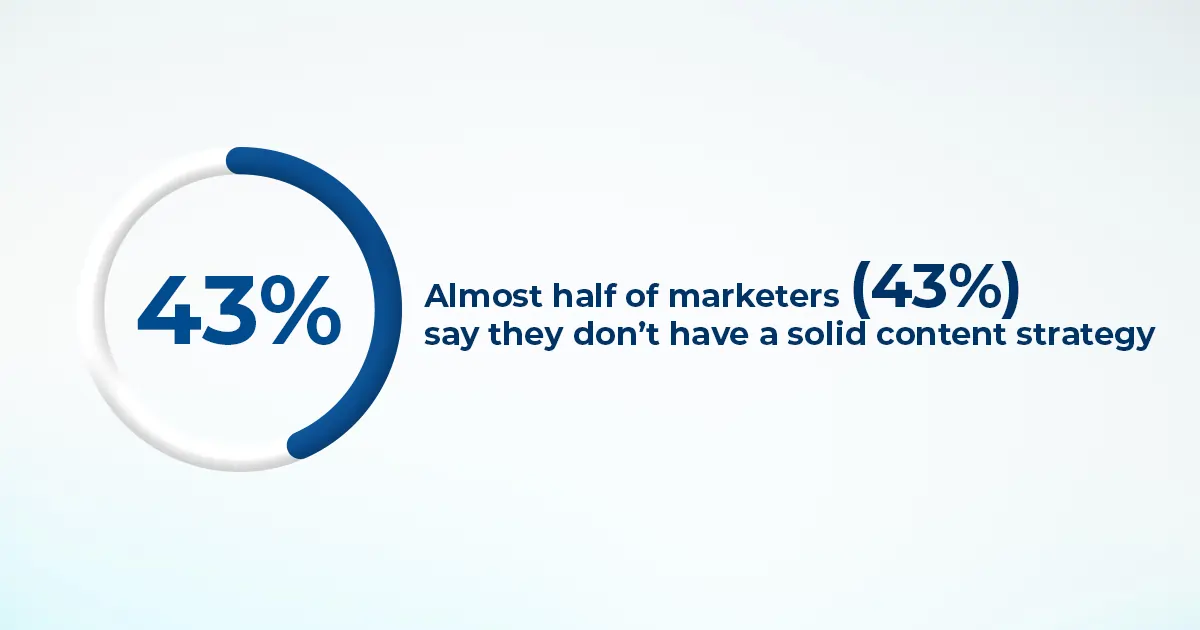
Would you propose marriage on a first date? No, right? Then, why would you think the customers who know nothing about your brand would click on “Buy Now”? They have zero knowledge about your existence. They aren’t ready to buy yet.
What’s the mistake here?
Taking every customer in the same way. You are simply wasting money and annoying potential customers:
- Cold audiences get overwhelmed by sales pitches
- People bounce before learning what you offer
- Conversion rates stay painfully low
How do you guide people properly?
Map content to the customer journey:
- Awareness: Teach something valuable, share tips, solve small problems.
- Consideration: Showcase studies, comparisons, and how you’re different
- Conversion: Now offer discounts, demos, and direct calls-to-action
7. Overlooking the Customer Journey
Most brands celebrate the click and forget what comes next. You have to understand that clicking is just the beginning. If your landing page is confusing or your follow-up is weak, you just wasted that ad spend.
Where does it fall apart?
- Landing pages don’t match the ad promise
- CTAs are unclear or buried
- No follow-up emails to nurture interest
How do you keep them moving forward?
- Landing pages: Match your ad exactly, load fast, make the next step obvious.
- Clear CTAs: One page, one goal (sign up, download, buy).
- Follow-up automation: Send thank-you emails, helpful tips, and gentle reminders.
8. No Proper A/B Testing Framework
You think blue buttons work better than red ones. Your team believes shorter copy converts more. But are you right? You won’t reach a conclusion if you don’t test. You can’t just guess.
What’s the problem with assumptions?
Guessing wastes budget on things that don’t actually work:
- You pick ads based on personal preference, not data
- Losing campaigns keep running
- Winners never get discovered
How do you stop guessing?
- Test creatives: Run two different images or videos side-by-side
- Test copy: Try different headlines, CTAs, and messaging
- Test audiences: See which groups actually respond
- Let data decide: Keep what works, kill what doesn’t
9. Unrealistic Budget Allocation

You want viral reach, lots of leads, and huge sales. All on a small budget! Then get ready to be disappointed when the results come in. Don’t curse your luck. Just work on your calculation.
What’s going wrong?
Underfunded campaigns can’t compete:
- Too little spending means limited reach
- No money left for testing what works
- Retargeting gets ignored completely
How do you split your budget smartly?
- 60% Awareness: Get in front of new people first
- 25% Retargeting: Bring back interested visitors (these convert better!)
- 15% Testing: Experiment with new ideas and audiences
10. Outdated Marketing Tools and Tech Stack
Here, you’re spending hours making manual reports. Meanwhile, your competitors are doing everything they can instantly. Before you could solve the problem, they had already fixed theirs.
What’s slowing you down?
- Manual reporting wastes valuable time.
- Poor automation means repetitive work.
- Slow insights make you miss opportunities.
How do you speed things up?
- AI tools: Let software analyze data and suggest improvements
- Automation: Schedule posts, emails, and follow-ups automatically
- Real-time analytics: See what’s working (or not) right now, not next week
11. Ignoring Mobile Optimization

Your customers are mostly on their phones. The ads you are showing are being viewed on mobile. Yet, your landing page isn’t mobile-friendly. They can’t tap on those tiny buttons, and the text is hard to read. This makes the customers drop your page before they even know what you’re selling.
What’s the damage?
- Tiny text frustrates users.
- Buttons are too small to tap
- Slow-loading pages make people bounce
- Broken layouts look unprofessional
How do you fix the mobile experience?
Go mobile-first with everything:
- Design for thumbs: Big buttons, easy tapping, simple navigation
- Speed matters: Compress images, reduce loading time to under 3 seconds
- Test on phones: Check how ads and pages look on actual mobile devices
- Readable text: Use larger fonts that don’t require zooming
12. Lack of Retargeting Strategy
There are customers who visit your site but don’t buy. They disappear forever. Yes, at first, they were interested enough to click. However, you never reached out again.
Why is this costly?
- First-time visitors rarely buy immediately.
- Someone else will retarget them instead.
- You’re constantly chasing only cold audiences.
How do you bring them back?
- Dynamic remarketing: Show them exactly what they viewed on your site
- Sequential storytelling: First remind, then educate, finally offer a deal
- Time it right: Reach out within 24-48 hours while you’re still fresh in their mind
Related Reads: Global Marketing Agencies in Bangladesh
13. Weak Copywriting That Doesn’t Sell
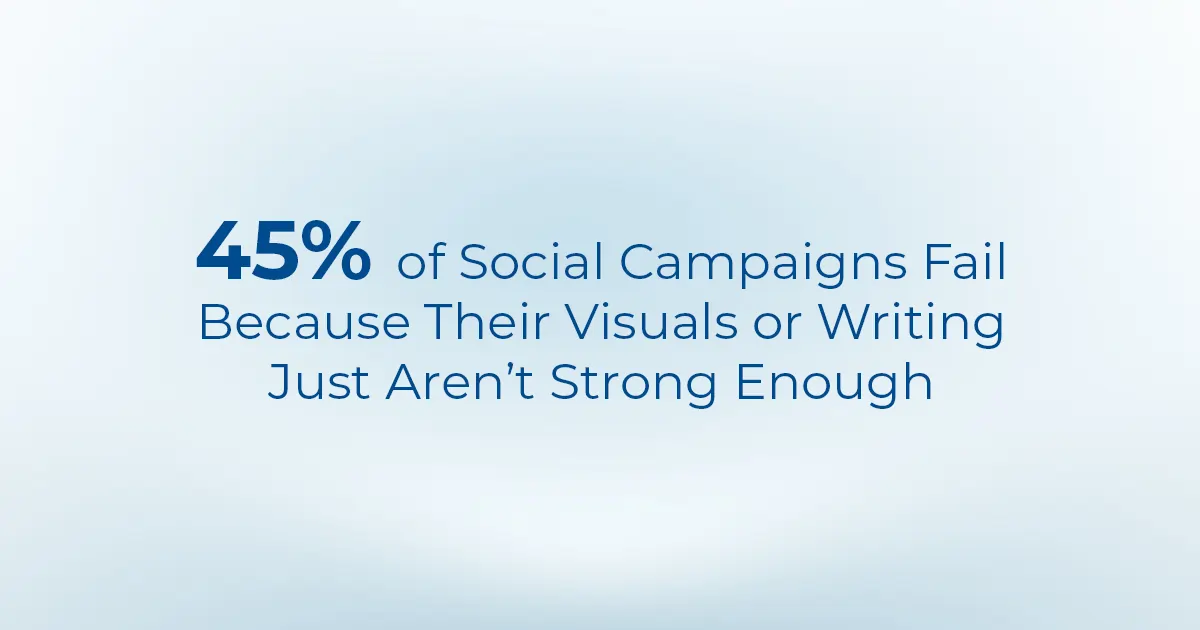
Another reason your ads are scrolling past. The ad copy is boring. It lists features nobody cares about. It sounds like every other ad. There’s nothing that makes someone stop.
What makes a copy fail?
Generic writing creates zero urgency:
- Talking about yourself instead of customer benefits
- No emotional hooks or compelling reasons to act
- Weak calls-to-action that don’t inspire clicks
How do you write a copy that converts?
- Lead with benefits: “Sleep better tonight” beats “High-quality mattress”
- Trigger emotions: Go for fear, desire, relief, or excitement
- Create urgency: “Limited time” or “Only 3 left” makes people act now
- Strong CTAs: “Get instant access” beats “Learn more”
14. Failure to Track Properly
You are running the camping with full passion. However, you aren’t tracking anything. The conversion record is overlooked. The data is missing. Basically, you are making big decisions based on incomplete information.
What’s going wrong?
- Attribution is broken, so you don’t know what’s working
- Budget goes to channels that aren’t actually converting
- Scaling campaigns amplifies the wrong tactics
How do you fix it?
- Check that pixels and tags fire correctly
- Test conversion tracking on every device
- Verify UTM parameters are capturing source data
- Run small test campaigns to confirm accuracy
15. Ignoring Competitor Insights
Your one eye should be on your competitors, too. To get ahead of them and know what they are doing better. Your competitors are already testing ads and finding what works in your niche. But you’re creating campaigns in isolation.
What are you missing?
- You repeat mistakes others have already made
- Miss trends that are working right now
- Spend months testing what competitors have already proved
How do you stay informed?
- Check competitor ads regularly (use Facebook Ad Library)
- Notice which content gets engagement
- See what messaging angles they’re testing
- Identify gaps they’re missing
16. Poor Collaboration Between Teams
This is something that causes more problems than you can think of. Marketing creates the strategy. Design makes visuals that don’t match. Everyone’s working hard, but nobody’s working together.
What’s breaking down?
- Messages conflict across touchpoints
- Designers don’t understand the goals
- Sales doesn’t know what marketing promised
How do you get everyone aligned?
- One shared document with goals, messaging, and target audience
- Weekly sync meetings between marketing, design, and sales
- Clear handoffs so everyone knows their role
- Shared dashboards to track progress together
17. No Adaptability During Campaign
You launched your campaign two weeks ago. The data clearly shows it’s not working. But nobody’s checking, nobody’s adjusting. Your money is literally going down the drain. There is no point in putting your campaign on autopilot.
Why is this dangerous?
- Bad ads keep spending money.
- Opportunities to improve get missed
- Competitors adapt faster and win
How do you stay responsive?
- Review performance every Monday
- Pause underperforming ads immediately
- Double down on what’s working
- Test new variations based on learnings
18. Treating Digital Campaigns as “One-Off” Projects
You run a campaign, it ends, then you start fresh next month with no momentum. Each campaign feels like pushing a boulder uphill from scratch. That’s exhausting and inefficient.
What’s the real cost?
- No compound growth or audience building
- Constantly re-educating new people
- Brand awareness never accumulates
How do you build momentum?
- Always-on content that educates your audience
- Retargeting pools that grow month after month
- Email lists that compound with each campaign
- Consistent presence that builds familiarity
19. Poor Post-Campaign Analysis
You are done with the campaign. You spent the budget. Got some results. But did you analyze what worked and what didn’t? Probably not. So next month, you’ll make the same mistakes again.
Why does this hurt?
- Good tactics get abandoned by accident.
- Bad strategies keep getting funded.
- The team never improves or learns.
How do you capture lessons?
- What were the original goals vs actual results?
- Which audiences, creatives, and messages performed best?
- What would you do differently next time?
- Document insights in a shared file
20. When Agencies Stop at “Execution”
Your agency delivers what you asked for. Posts scheduled, ads launched, reports sent. But nothing’s actually improving. Metrics stay flat. Growth doesn’t happen. They’re checking boxes, not driving results.
What’s missing?
- They do what’s asked but don’t challenge bad ideas
- No strategic thinking or proactive recommendations
- Relationship feels transactional, not collaborative
What should you expect instead?
- Agencies that question your strategy when it needs improvement
- Proactive suggestions based on your business goals
- Regular strategic conversations, not just status updates
- Accountability for actual outcomes, not just deliverables
What’s The Next Step
You know what’s holding your campaigns back. Now it’s time to do something about it. Your next move should be better tracking, a smarter strategy, or a partner who actually cares about results.
Book a free strategy call with NextBell. We will give you honest insights about your marketing and how to fix it.
Most strategies fail because they lack clear goals and proper tracking. Brands focus on clicks and overlook audience behavior and adaptability.
They don’t have any clear strategy. Many also chase trends without understanding their audience or fail to track results properly from the start.
Trying to reach everyone instead of the right people.
Not entirely. AI just looks after data analysis, automation, and insights. However, strategy, creativity, and understanding human behavior still need real marketers.
Staying relevant as platforms and algorithms constantly change.
